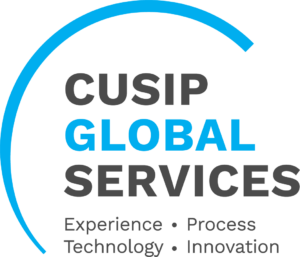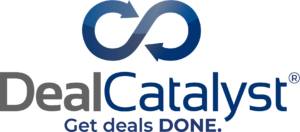January 10, 2025 - Hybrid capital solutions have attracted significant investor interest in recent years as its use case has expanded. Gone are the days when hybrid capital was seen as a financing of last resort – transactions now range in size from $50 million to multibillion and issuers range from sponsored companies to founder or venture-backed companies, and others. In his “Outlook for private markets 2025,” Apollo Global Management Chief Economist Torsten Slok noted the “plentiful demand for hybrid solutions, including M&A financing and capital for growth, re-equitization of overlevered balance sheets, owner and sponsor liquidity solutions, and financing to support public company growth initiatives.” Not only does the high customization of hybrid capital transactions allow for creative and tailored financing solutions for issuers, but also the higher returns of hybrid capital are resonating particularly well with investors in today’s rate environment. Recently, Latham & Watkins partners Stelios Saffos, Peter Sluka and Andrew Blumenthal presented the LSTA webinar “Hybrid Capital 101: Unlocking Innovative Financing Solutions,” diving into the growing popularity of hybrid capital, recent trends and defining some common vehicles. (Replay is available here.)
The presenters observed that hybrid capital is best viewed as existing on a sliding scale of debt and equity where certain vehicles will have more or less debt and equity characteristics – characteristics which are finely tuned by transaction parties to best suit the goals of the issuer and investor(s). Closer to the debt side lies Holdco PIK Debt, Holdco Preferred Equity, Non-Convertible Structured Equity or Mezzanine Debt, with “Pre-IPO” Convertible Notes and Convertible Preferred Equity sitting in the middle and PIPEs and common equity on the other side of the scale. The lines between these general categories are in practice frequently blurred however as transaction parties negotiate payment structure, redemption rights, covenant package, call protection, minimum returns and governance. What these vehicles share is that they are junior in the capital stack, subordinated to Opco debt and senior only to common equity.
The last few years have seen the investor universe and the issuer universe grow and diversify. On the investor side, hybrid instruments are now attracting growth funds to bridge differing views on company valuations, direct lenders (that have junior capital/mezz sleeves) in pursuit of higher returns and access to pre-IPO companies, “pure play” structured capital funds, special sits funds, and private equity sponsors looking to make a PIPE investment. On the issuer side, the market is routinely seeing founder-backed companies seeking a non-control partner in growth or wanting to limit debt on its balance sheet, venture-backed companies looking for a bridge to a liquidity event, sponsor-backed companies looking for capital for acquisitions, growth or dividends, and, for PIPEs, distressed companies looking for a strategic partner or other companies (including IG) looking to finance acquisitions with equity-linked capital. With the significant need for capital from companies expected in the coming years, it seems demand for hybrid instruments will just continue to grow.






